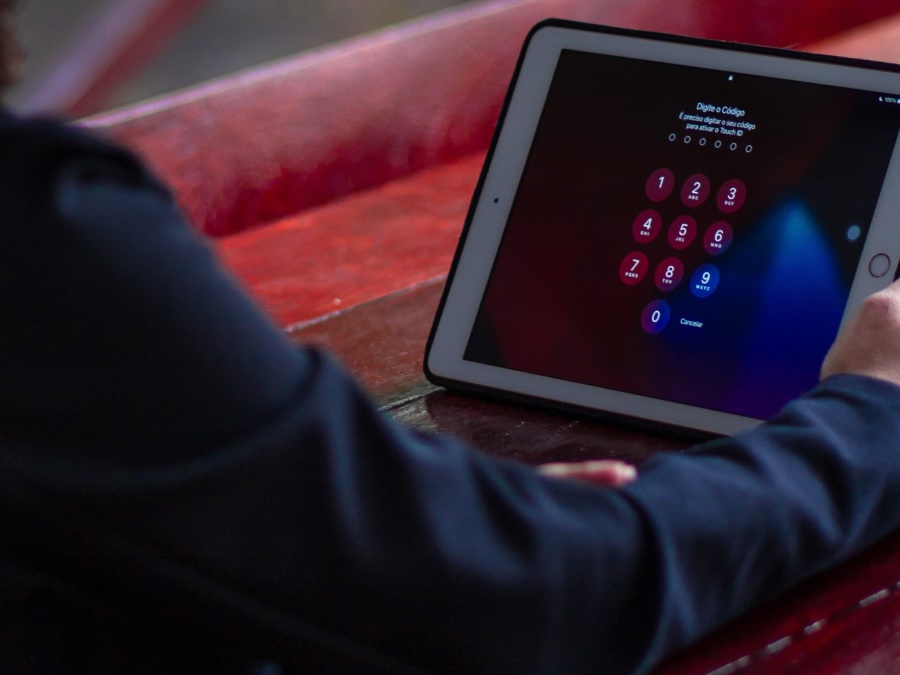FIDO (Fast IDentity Online) Alliance today publishes its third annual Online Authentication Barometer*, which gathers insights into the state of online authentication in ten countries across the globe, including Australia, Singapore, Japan, South Korea, India and China in the Asia-Pacific region. New to the Barometer this year, FIDO Alliance has also begun tracking consumer perception of threats and scams online in a bid to understand anticipated threat levels regionally and globally.
Key findings
The 2023 Online Authentication Barometer found that despite widespread usage of passwords lingering on, consumers want to use stronger, more user-friendly alternatives. Entering a password manually without any form of additional authentication was the most commonly used authentication method across the use cases tracked in APAC – including accessing financial services (33 per cent), work computers or accounts (39 per cent), streaming services (27 per cent), social media (30 per cent), and smart home devices (19 per cent). Consumers enter a password manually nearly four times a day on average, or around 1,200 times a year.

This is especially interesting considering biometrics’ rising popularity as an authentication method. When asked what authentication method people consider most secure and the method they most prefer using, biometrics ranked as the favourite in both categories. Notably, Singapore leads this trend, with 35 per cent of people indicating biometrics as the most secure and 41 per cent selecting it as their most preferred method. This suggests that consumers want to use biometrics more but do not currently have the opportunity.
“In Asia-Pacific, we see a growing interest among consumers in adopting more robust authentication methods, with biometrics emerging as a favoured choice. This year’s Barometer data supports this trend by showing that APAC consumers are on par with other regions globally in looking to reduce their reliance on legacy authentication methods. Nonetheless, the persistently high password usage without 2FA is a concern, highlighting how little consumers are offered alternatives like biometrics, resulting in lingering usage,” commented Andrew Shikiar, Executive Director at FIDO Alliance.
Scams are getting more frequent and more sophisticated – likely fuelled by AI
This year’s Barometer also unearthed consumer perception of threats and scams online. In APAC, 58 per cent of people have noticed an increase in suspicious messages and scams online, while 56 per cent believe these have become more sophisticated. Consumers in India perceived this change the most, with 75 per cent detecting a rise in scams and 74 per cent sensing their growing sophistication.
Threats are seen to be active across several channels, but primarily email, SMS messages, social media, and fake phone or voicemails. The increased accessibility of generative AI tools is a likely driver of this rise in scams and phishing threats. Tools like FraudGPT and WormGPT, which have been created and shared on the dark web explicitly for use in cybercrime, have made crafting compelling social engineering attacks far simpler, more sophisticated, and easier to do at scale. Deepfake voices and videos are also being used to bolster social engineering attacks, tricking people into thinking they are talking to a known trusted person.
Shikiar added, “Phishing remains the most used and effective tactic by cybercriminals to steal information, making passwords vulnerable no matter how complex they are. With new AI tools that make phishing attacks even more convincing and widespread, it’s crucial for service providers in the Asia-Pacific region to pay attention. Instead of sticking with old and unreliable methods like passwords and one-time codes (OTP), we need to start using stronger and simpler options like passkeys and on-device biometrics.”
Passkeys, which provide secure and convenient passwordless sign-ins to online services, have grown in consumer awareness in APAC despite still being live for just over a year, rising from 41 per cent in 2022 to 58 per cent awareness today. The non-phishable authentication method has been publicly backed by many big players in the industry – Google recently announced that passkeys are now available for all its users to move away from passwords and two-step verification, as has Apple, with other brands like PayPal also making these available to consumers in the last twelve months.
The impact of legacy sign-ins worsens for businesses and consumers
The negative impact caused by legacy user authentication was also revealed to be getting worse. 62 per cent of people have given up accessing an online service and 45 per cent have abandoned a purchase in the last 60 days, with the frequency of these instances rising year on year to nearly four times per month, per person, up by around eight per cent from last year. Poor online experiences are ultimately hitting businesses’ bottom lines and causing frustration among consumers.
Globally, 70 per cent of people have had to reset and recover passwords in the last two months because they’d forgotten them, further highlighting how inconvenient passwords are and their role as a primary barrier to a seamless online user experience.
*Research for the FIDO Alliance’s Online Authentication Barometer was conducted by Sapio Research among 10,010 consumers across the UK, France, Germany, US, Australia, Singapore, Japan, South Korea, India and China.
Source: FIDO Alliance




